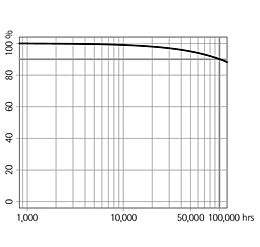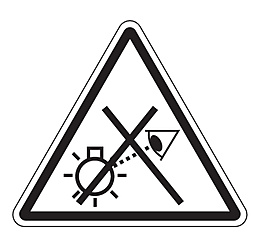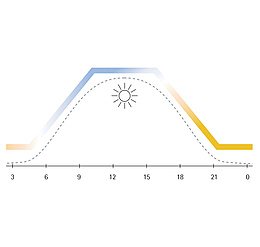
Colour rendering generally refers to the ability of a light source to render colours as "true to nature" as possible. Colour rendering is a property of light sources. It depends on the spectral composition of the light emitted by the respective light source and not on the light colour (colour temperature) itself. Common methods of evaluating colour rendering are the CRI and the TM-30 method.












